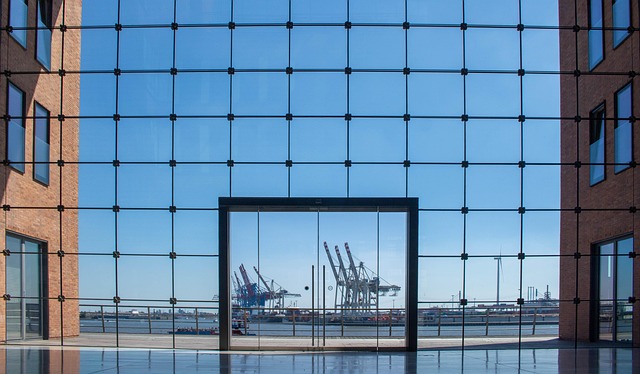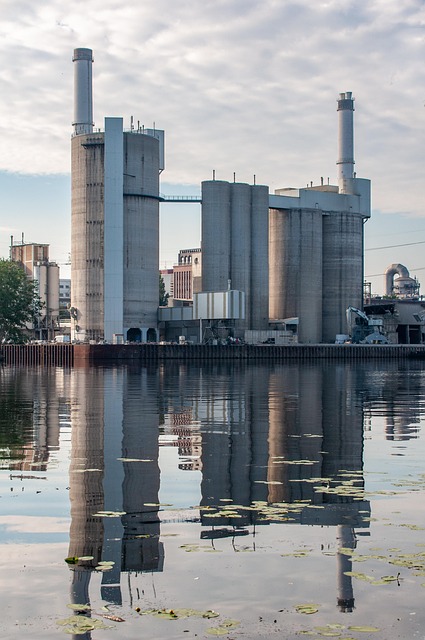In dynamic real estate markets, identifying steady demand is crucial for success, offering stable rental incomes and predictable property values. Efficient logistics management optimizes supply chains, reduces delays, and supports environmental sustainability goals. Strategic approaches like focusing on emerging markets, diversifying property portfolios, and adopting innovative solutions maximize opportunities, ensuring long-term benefits in a constantly evolving real estate landscape.
In today’s dynamic real estate landscape, understanding steady demand is crucial for investors and developers. This article delves into the intricate relationship between logistics and property requirements, revealing how consistent demand is driven by various logistical needs. We explore strategies to capitalize on this enduring trend, providing insights for professionals navigating the real estate market. By examining these factors, you’ll gain a comprehensive view of the key role steady demand plays in shaping urban development.
Understanding Steady Demand in Real Estate

In the dynamic world of real estate, understanding steady demand is crucial for both investors and developers. Steady demand refers to a consistent level of interest in a particular property or market, unaffected by seasonal fluctuations or economic ups and downs. This stability offers several advantages, such as reliable rental income, predictable property values, and reduced risk for investors. It also encourages developers to plan projects with confidence, knowing that there is a secure market for their offerings.
Real Estate professionals recognize that steady demand often stems from fundamental logistic needs. Factors like population growth, employment opportunities, and infrastructure development drive the consistent requirement for housing, commercial spaces, and industrial facilities. By analyzing these underlying factors, experts can identify areas with robust steady demand, enabling them to make informed decisions about acquisitions, developments, and investments in the real estate sector.
The Role of Logistics in Property Requirements

In the dynamic world of real estate, the role of logistics cannot be overstated. Efficient logistics management is a cornerstone for sustainable property development and occupancy. It ensures that buildings are constructed or acquired with consideration for supply chain flows, facilitating the timely delivery of materials and equipment. This is pivotal in mitigating construction delays and cost overruns, ensuring projects stay on track and within budget.
Moreover, logistics plays a vital role in meeting the ongoing property maintenance and operational requirements. Effective logistical planning accounts for the regular supply of essential services such as utilities, cleaning supplies, and replacement parts. It also orchestrates waste management and recycling programs, aligning with environmental sustainability goals that are increasingly important in real estate. Ultimately, seamless logistics operations translate into happier tenants, reduced operational costs, and enhanced property values.
Strategies to Capitalize on Constant Demand

To capitalize on steady demand in real estate, developers and investors should adopt dynamic strategies that align with logistical needs. One key approach is to identify and focus on emerging markets with growing populations and infrastructure developments. By anticipating and meeting the future housing requirements of these areas, investors can ensure a consistent pipeline of buyers and tenants.
Additionally, diversifying property portfolios across various asset classes—residential, commercial, industrial—allows for stability during fluctuating market conditions. Embracing innovative logistics solutions, such as smart buildings with advanced automation and sustainable practices, can also attract tech-savvy tenants and enhance property values. This forward-thinking approach leverages the constant demand landscape in real estate while offering long-term benefits.






